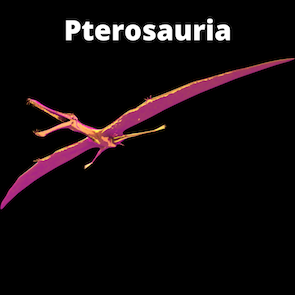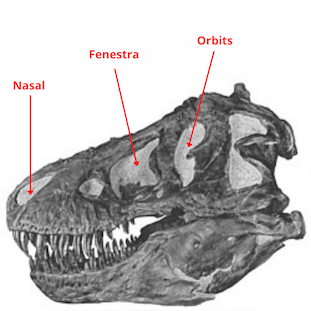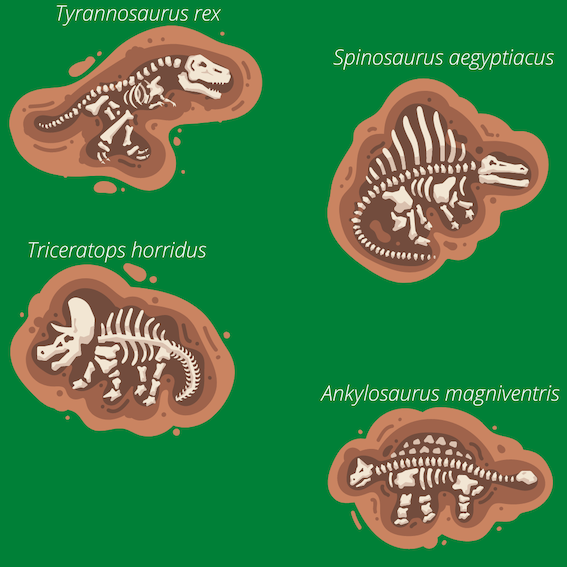The Fascinating Legacy of Dinosaurs: Evolution and Survival
Written on
Chapter 1: Understanding Dinosaurs
Dinosaurs have captivated the imagination since their designation in 1842 by Richard Owen, who coined the term meaning "Terrible Lizards." This group of prehistoric creatures has carved out a significant niche in the fossil record, serving as a bridge between reality and myth. According to José Luiz Sanz, a Paleontology professor at the Autonomous University of Madrid, “dinosaurs have replaced dragons in our modern mythology.”
What Defines a Dinosaur?
Despite their prominence in popular culture, there are many misconceptions about dinosaurs today. Notably, creatures like pterosaurs are frequently misidentified as dinosaurs, even though they are actually flying reptiles and not directly related to true dinosaurs or birds. These reptiles were the first vertebrates to achieve flight, paving the way for the later emergence of birds and, eventually, bats.

Pterosauria: The Flying Reptiles
There is no single definition that encompasses all dinosaurs due to the complexities of classification. From a taxonomic perspective, dinosaurs fall under the orders “Ornithischia” or “Saurischia.” However, certain characteristics can help define them:
- They are terrestrial vertebrates with a backbone and limbs.
- Traditionally classified as reptiles, they were the first vertebrates to thrive outside aquatic environments, thanks to the amniote egg, unlike amphibians that require water for reproduction.
- They belong to the archosaur group, which is characterized by a skull opening in front of their eyes and uniquely flattened teeth set in sockets.

The Rise of Dominance
During the Triassic period, dinosaurs began to navigate the harsh conditions of the supercontinent Pangaea, a world reeling from the largest extinction event in Earth's history. The journey of dinosaurs commenced with six species from the Ischigualasto region: Herrerasaurus, Sanjuansaurus, Panphagia, Chromogiasaurus, Eoraptor, and Eodromaeus, who faced numerous challenges in their quest for survival.
While the Triassic period marked the beginning of the dinosaurs, it wasn't until the Jurassic that they diversified significantly, earning their title as the rulers of the planet. A mass extinction event 201 million years ago at the end of the Triassic created numerous ecological niches, enabling dinosaurs to thrive in the altered ecosystems.

Cretaceous Diversity
As the Cretaceous period unfolded, dinosaurs showcased an incredible variety, ranging from the colossal Patagotitan mayorum to the fearsome Tyrannosaurus rex. Other notable examples include the aquatic and terrestrial Spinosaurus aegyptiacus, the herbivorous Triceratops horridus, and the swift Velociraptor mongoliensis.

While many believe that dinosaurs became extinct 66 million years ago due to a meteor impact, this popular narrative oversimplifies their story.

Birds: The Living Dinosaurs
Fascinatingly, birds are modern-day descendants of small carnivorous dinosaurs, with anatomical features that evolved into wings. The connection between birds and dinosaurs was once difficult to perceive, but fossil evidence, such as that of Anchiornis huxleyi and Archeopteryx lithographica, demonstrates their lineage. An extraordinary fossil from Liaoning, named “Mei long” or "Sleeping Dragon," shows a dinosaur in a bird-like posture, further supporting this evolutionary relationship.

Birds have inherited their ancestors' legacy and have adapted to various ecosystems around the globe. They play an essential role in maintaining ecological balance, exemplified by beloved species like Quackers!

How Did Flight Evolve?
One of the key features of early bird-like dinosaurs was their large feathers, which provided enhanced speed and thrust. The "corridor theory" posits that over time, these feathers enabled birds to glide short distances, eventually developing into more sustained flapping flight. This gradual evolution led to increasingly efficient powered flight.
The Current Extinction Crisis
While it is established that birds are modern descendants of dinosaurs, they face a new threat: human-driven extinction. Following the mass extinctions that ended the Triassic and Cretaceous periods, contemporary species are now at risk due to anthropogenic factors. Species such as Porphyrio albus and Pinguinus impennis have already vanished, and like their dinosaur ancestors, they will not return once extinct.
Nevertheless, extinction is not an inevitability. In 2022, the Cyanopsitta spixii, a macaw featured in the movie “Rio,” was successfully reintroduced into the wild after two decades of captivity.
Do check out Paleoter’s social media for more insights into Paleontology and Geology. This collaboration was made possible thanks to our partnership. Cheers!

References
- Brusatte, S. (2019). The Rise and Fall of the Dinosaurs: A New History of a Lost World (1st ed.). DEBATE. (pp. 27–343)
- Oliver, A., & Gascó, F. (2018). Paleontology in 100 Questions. Nowtilus. (pp. 215–234)
- Parker, S. (2016). Evolution: The Complete History (1st ed.). (pp. 372–381)
- Pim, K., Horner, J., & Pastori, F. (2016). Dinosaurs: The Grand Tour. The Experiment.
This video delves into the extinction of dinosaurs, exploring the various theories and evidence surrounding this significant event in Earth’s history.
This engaging video discusses how dinosaurs might have evolved if they had not faced extinction, presenting fascinating alternate scenarios.